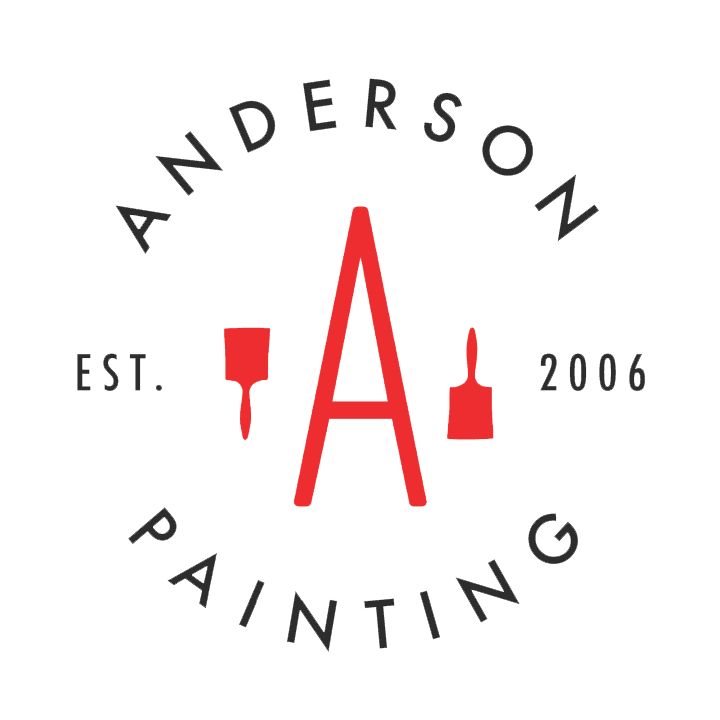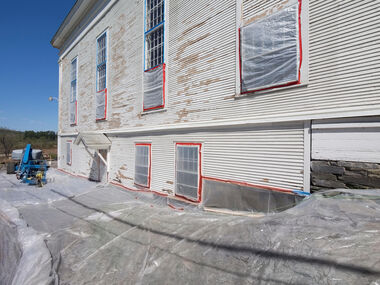How to Repair Drywall: DIY or Call a Professional?

When it comes to shelter and insulation, drywall gets the job done. But it doesn’t take too much to poke a hole in it. When your drywall takes a hit, should you try to fix it yourself, or call a professional? If you have no clue how to repair drywall and don’t have the time or energy to figure it out, the answer is obvious. Do check the painting portfolio of the team you hire though. But those who enjoy tackling household projects themselves might want a crack at it.
How to Repair Drywall
How Bad is the Damage?
Before you choose to take it on yourself or hire a contractor, you first have to assess the severity of the damage. This damage can come in many forms: scratches, indentations, holes of varying sizes, or even mold. As you might imagine, the worse the damage, the more inclined you should be to hire someone for drywall repair. Why not check out about the popular about Anderson Painting services? Going over the repair process for each level of damage might help you understand why.
Small Patch Jobs
Small dents and holes are the most common forms of drywall damage. They’re also the easiest and cheapest to fix. While you can call a pro to take care of it, most people will find that they can handle a small patch job just fine.
All you need for tiny dings or nail holes is some spackle, a putty knife, sandpaper, and, eventually some paint. It’s just a matter of filling the indentation with the spackle, smoothing it, letting it dry, and then sanding it down to flush the material with the wall.
Fixing slightly larger holes (about 3 inches in diameter) in drywall involves a bit more effort, but it’s still pretty straightforward. You can buy a patch kit for around 10 bucks and have everything you need right there. This includes a patch, joint compound, putty knife, and sandpaper. First, the adhesive patch goes over the hole. Then, joint compound is evenly spread over the patch. Once dry, the compound can be sanded down and painted over. This type of small drywall repair is something anyone can handle.
Larger Holes
The larger the whole, the more involved the repair process becomes. Still, with the right tools and a steady hand, you could repair these on your own as well. Rather than simply place a patch over these holes, you need to actually cut out a new piece of drywall that can be inserted into the existing drywall where the damage has occurred. You’ll have to trace and cut around the hole in order to do this. Then, using joint tape, stick the new piece into the hole and cover it with joint compound like before.
But sometimes, when a hole is large enough, the drywall needs additional backing reinforcement. This is where it might be wise to hire a contractor. In these instances, furring strips should be placed behind the hole so the new piece of drywall can be fully screwed into the wall. Then, joint tape is laid over the borders to hide the gaps and further secure the bond. Once again, joint compound is spread over the patch, left to dry, sanded, and painted over.
Severe Damage
Sometimes the damage is so bad that you have no choice but to call in the pros. Extremely large holes might mean the wall needs to be replaced entirely, as the cost to repair drywall would outweigh the cost to replace it. But holes aren’t the only potential problem. Water damage can gradually destroy drywall from the inside out.
If caught early enough, the affected portion can be cut out and replaced. Of course, you’ll also have to address the cause of leakage. If the damage has gone on for too long, the wall might be beyond repair. Once again, this is a job best left to the professionals.
The Verdict?
In most cases, drywall is easily fixed. All you need to repair drywall is the right tools and an online tutorial to get you on your way. But, as always, if you don’t feel confident in your abilities, there are people out there who do this for a living. Anderson Painting contractors are happy to repair or replace your drywall, no matter how bad the damage. We’ll paint over it, too.
For more information on our people and services, call Anderson Painting today at 919-610-1855 or email us at info@www.andersonpaintingnc.com!




